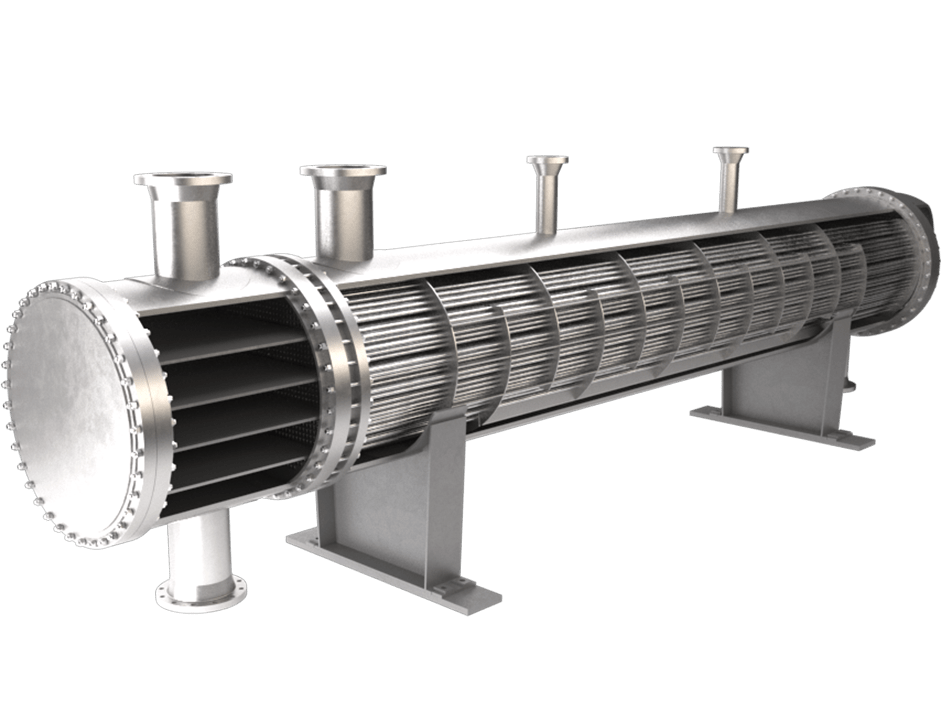Revolution in Heat Exchange: Cutting-edge Technologies Revolutionizing Performance

Within today's ever-more energy-aware world, the quest for optimization is more vital than ever. At the core to this effort is the heat exchanger, an ingenious mechanism that facilitates the transfer of thermal energy between two or more fluids. With applications covering diverse industries—ranging from HVAC to power generation—heat exchangers play a crucial role in improving energy efficiency, reducing costs, and promoting sustainability. With innovative technologies develop, the landscape of heat exchangers is changing, opening the way for innovations that transform how we manage thermal energy.
This article delves into the intriguing realm of heat exchangers, investigating their fundamental principles, different types, and the latest developments that are shaping their future. We will examine key applications in various sectors, the pivotal role they play in maximizing energy use, and the significance of adequate maintenance to ensure peak performance. Whether you're a seasoned engineer or just curious about how these units work, come along on this exploration to uncover the cutting-edge technologies that are revolutionizing heat exchange efficiency.
Comprehending Heat Exchangers
Heat exchangers are crucial devices used to transfer heat between two gases while avoiding mixing them. They play a vital role in various applications, extending from power plants to HVAC systems. By optimally moving thermal energy, these systems help sustain desired temperatures and enhance overall system performance. Their configuration and operation are based on the theories of thermal dynamics and fluid dynamics, making them indispensable components in many industrial processes.
There are various types of thermal exchange units, each tailored to particular applications. https://standardxchange.com/ encompass shell-tube, plate-type, air type, and dual-pipe heat exchangers. Each type has its benefits and is opted for based on aspects such as space availability, energy exchange requirements, and the type of the gases involved. Understanding the distinct properties of each type can substantially impact energy efficiency and operational overhead.
In modern industry, the incorporation of heat exchangers is crucial for improving energy efficiency and eco-friendliness. They facilitate the reutilization of waste heat, thereby lowering overall energy usage. As industries progressively focus on green practices, cutting-edge heat exchanger technologies are developing to accommodate these requirements. This not solely helps in mitigating carbon footprint but also contributes to decreased operational costs and enhanced performance across multiple sectors.
Advanced Uses and Tech
Heating and cooling systems have found innovative applications within various sectors, greatly enhancing efficiency and sustainability. In the green energy sector, they act a vital role in solar thermal systems, where they facilitate the transfer of heat from solar panels to water storage tanks. This integration not only maximizes energy harvesting but also enhances overall system performance, paving the way for more broad adoption of renewable technology.
Industries such as edible products and drink manufacturing rely on dedicated heat exchangers to ensure product standards while enhancing energy saving. These systems are engineered to accommodate sanitary applications, ensuring that heat transfer occurs without contamination. The use of flat heat exchangers in this sector has been particularly remarkable, as they can be easily cleaned and offer superior thermal performance, reducing both energy consumption and water usage during processes like sterilization.
Automotive engineering is another field experiencing exciting advancements in heat exchanger technology. As vehicles become more energy-efficient, the need for compact, light heat exchangers is rising. Innovations such as microchannel heat exchangers are transforming cooling systems, providing notable weight savings and improved thermal management for engines. This not only improves vehicle performance but also leads to lower pollutants and better fuel economy, highlighting the essential role of heat exchangers in the drive towards greener transportation options.
Upkeep and Performance Enhancement

Consistent maintenance is vital for guaranteeing the optimal functionality of heat exchangers, which immediately impacts power efficiency. Overlooking maintenance can lead to fouling, corrosion, and further issues that diminish heat transfer efficiency and increase energy consumption. Implementing a scheduled inspection schedule helps spot potential problems early, minimizing downtime and costly repairs. Maintenance practices such as cleaning, changing worn components, and observing performance indicators play an essential role in maintaining heat exchangers operating at their peak.
Enhancing the efficiency of heat exchangers often entails upgrading existing systems with the latest technologies and design improvements. For instance, utilizing digital monitoring systems allows operators to gauge performance metrics in live, facilitating timely interventions when inefficiencies are detected. Additionally, updating older heat exchangers with new materials or designs can significantly enhance heat transfer efficiency, thereby cutting the energy required for operation. These upgrades not only prolong the lifespan of the equipment but also lead to lower operating costs.
In addition, grasping the specific heat transfer needs of a process allows for more focused maintenance and efficiency enhancement strategies. Custom heat exchangers can be designed to fit specific industrial applications, maximizing performance and energy use. By matching maintenance efforts with these tailored methods, facilities can achieve outstanding operational efficiency, emphasize sustainability efforts, and stay ahead in increasingly energy-conscious markets. This strategic approach to maintenance and efficiency enhancement ensures that heat exchangers remain a crucial component of current industrial systems.
